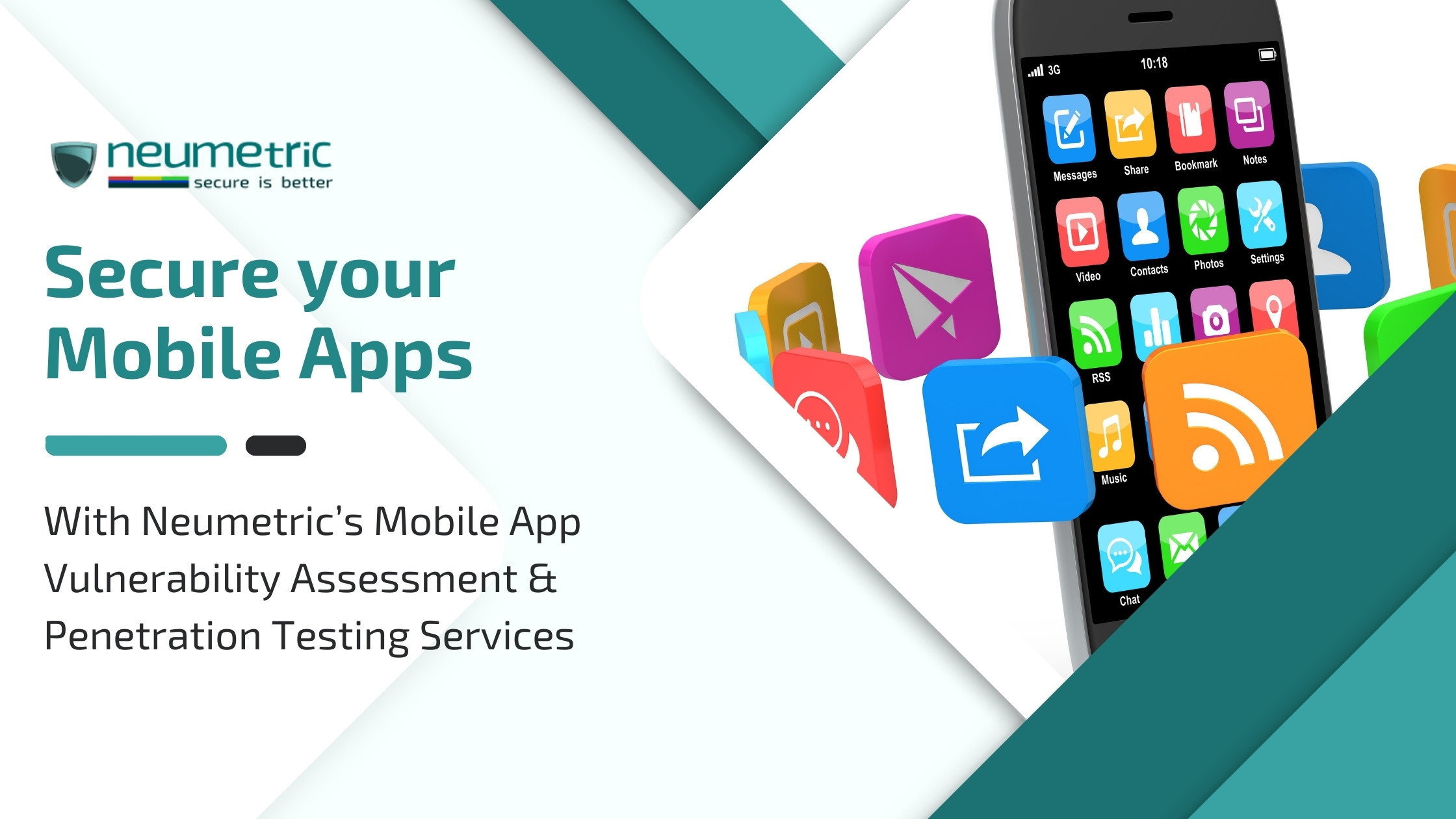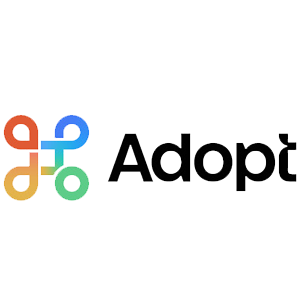
Malicious apps can collect and transmit user data without proper consent.
Security breaches can damage user trust and brand reputation.
Vulnerable apps can be used to steal financial information or make unauthorised transactions.
Exposed user data (login credentials, financial information) can be exploited for fraud or identity theft.



























Extensive experience in providing solutions for your Cybersecurity, Compliance, Governance, Risk & Privacy objectives!
Ensuring a robust Security Posture & Regulatory Compliance across various Frameworks & diverse Industries.
Implementing & monitoring extensive Control Frameworks tailored to your business needs…
Our experienced security professionals employ a multi-layered approach to uncover vulnerabilities across your app's code, network traffic, and data storage.
We go beyond static code analysis. Our penetration testers mimic real-world attack vectors to discover exploitable weaknesses.
Receive a detailed report outlining identified vulnerabilities, their severity levels, and clear remediation steps.
We tailor our testing strategy to the specific threats your app faces, ensuring a thorough and targeted assessment.
We prioritise the security of your users' data throughout the testing process.
We provide clear communication throughout the testing process, keeping you informed of our findings and progress.
Mobile applications have become an essential part of our daily lives, but their unique features introduce new security risks. Understanding these vulnerabilities is crucial for securing your mobile apps.

Our Certified Security Experts will get your Web Applications tested and find weaknesses in your security before it is too late!

Our Certified Security Experts will get your VPC tested and find weaknesses in your security before it is too late!

Our Certified Security Experts will get your APIs tested and find weaknesses in your security before it is too late!

A successful mobile app penetration test follows a structured approach that leverages a combination of automated tools and manual testing expertise. Here's a glimpse into the process:
Tools:
Phases:


